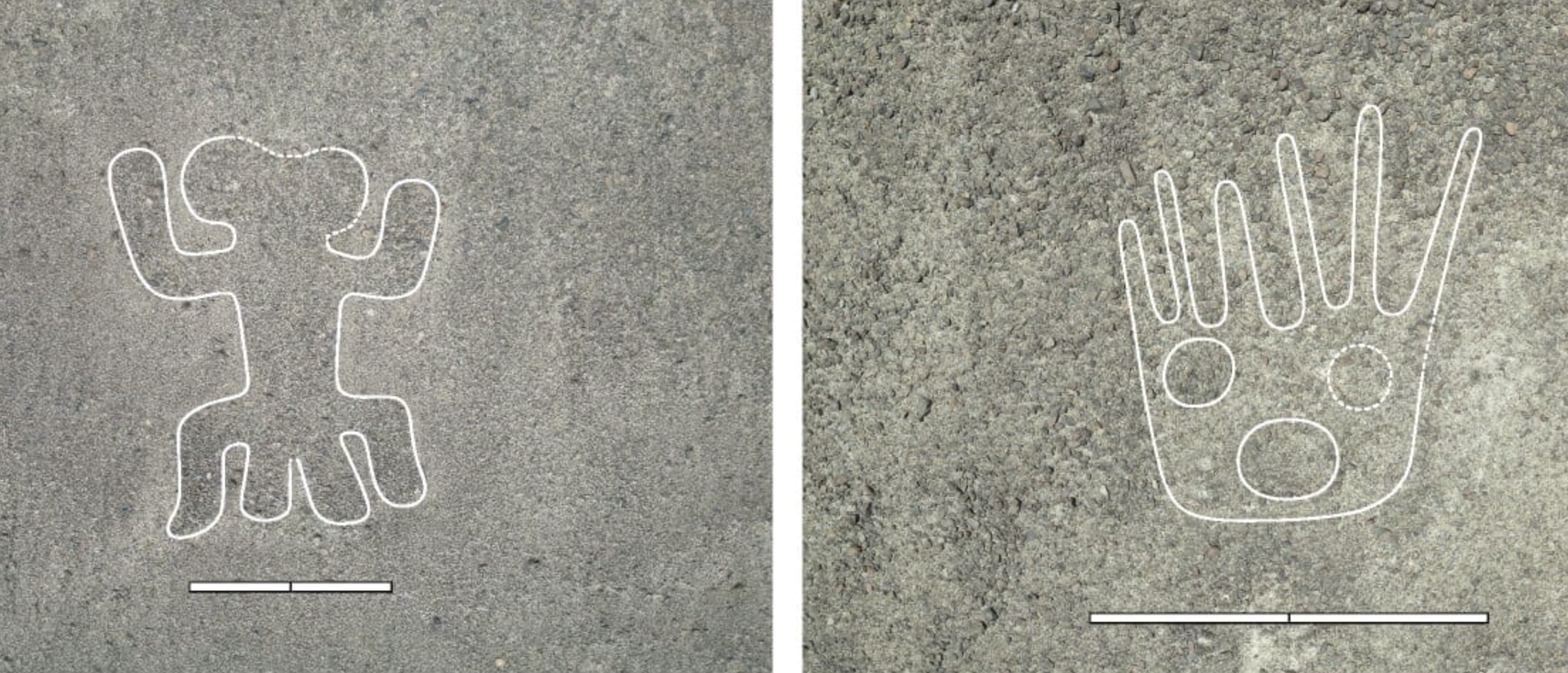Private Snafu was the U.S. Army’s worst soldier. He was sloppy, lazy and prone to shooting off his mouth to Nazi agents. And he was hugely popular with his fellow GIs.
Private Snafu was, of course, an animated cartoon character designed for the military recruits. He was an adorable dolt who sounded like Bugs Bunny and looked a bit like Elmer Fudd. And in every episode, he taught soldiers what not to do, from blabbing about troop movements to not taking malaria medication.
The idea for the series reportedly came from Frank Capra — the Oscar-winning director of It’s a Wonderful Life and Mr. Smith Goes to Washington and, during WWII, the chairman of the U.S. Army Air Force First Motion Picture Unit. He wanted to create a cartoon series for new recruits, many of whom were young, unworldly and in some cases illiterate. Capra gave Disney first shot at developing the idea but Warner Bros’ Leon Schlesinger, a man who was as famous for his hard-driving business acumen as he was for wearing excessive cologne, offered a bid that was 2/3rds below that of Disney.
The talent behind this series was impressive, featuring a veritable who’s who of non-Disney animating talent, including Chuck Jones, Bob Clampett, and Friz Freleng. Snafu was voiced by Mel Blanc, who famously did Bunny Bugs, Daffy Duck and later Marvin the Martian. And one of the main writers was none other than Theodor “Dr. Seuss” Geisel.
As you can see in the first Snafu short Coming!! (1943), directed by Chuck Jones (see above), the movie displays a salty sensibility intended for an army camp rather than a Sunday matinee. The movie opens with a deadpan voiceover explaining that, in informal military parlance, SNAFU means “Situation Normal All…All Fouled Up,” hinting that the usual translation of the acronym includes a popular Anglo-Saxon word. Later, it shows Private Snafu daydreaming about a burlesque show – complete with a shapely exotic dancer doffing her duds – as he obliviously wrecks a plane.
Though there were no writing credits for each individual episode, just listen to the voiceover for Gripes (1943), directed by Friz Freleng. Dr. Seuss’s trademark singsong cadence is unmistakable including lines like:
“The moral, Snafu, is that the harder you work, the sooner we’re gonna beat Hitler, that jerk.”
Gas! (1944), directed by Chuck Jones, features a cameo from Bugs Bunny.
And finally, Going Home, directed by Chuck Jones, was slated to come out in 1944 but the War Department kiboshed it. The rationale was never explained but some think that the film’s reference to a massive, top-secret weapon that was to be deployed over Japan was just a little too close to the Manhattan Project.
You can watch a long list of Private Snafu episodes here.
Related Content:
Donald Duck’s Bad Nazi Dream and Four Other Disney Propaganda Cartoons from World War II
Dr. Seuss’ World War II Propaganda Films: Your Job in Germany (1945) and Our Job in Japan (1946)
Education for Death: The Making of the Nazi–Walt Disney’s 1943 Film Shows How Fascists Are Made
Dr. Seuss Draws Anti-Japanese Cartoons During WWII, Then Atones with Horton Hears a Who!
Jonathan Crow is a Los Angeles-based writer and filmmaker whose work has appeared in Yahoo!, The Hollywood Reporter, and other publications. You can follow him at @jonccrow.



